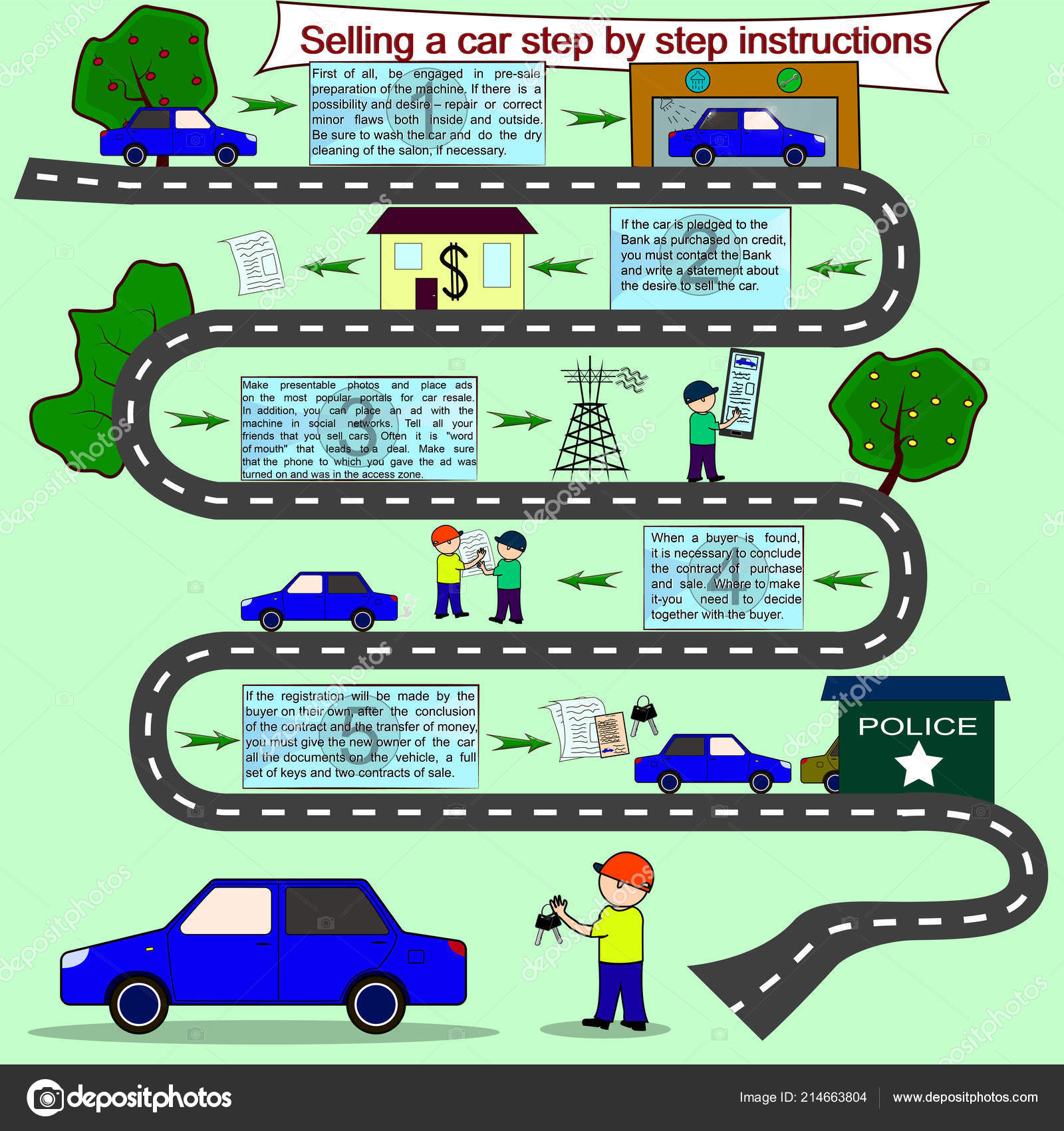Seeking Quality On The Warning Lights Displayed On Your Vehicle'S Control Panel? Find Out Just How They Connect To Your Car'S Health And Safety
Seeking Quality On The Warning Lights Displayed On Your Vehicle'S Control Panel? Find Out Just How They Connect To Your Car'S Health And Safety
Blog Article
Developed By-Lim Alvarado
When you lag the wheel, those beautiful warning lights on your dashboard can be a little bit perplexing. Do you understand what they're trying to tell you regarding your car's wellness? Comprehending the relevance of these lights is essential for your safety and security and the longevity of your car. So, the following time among those lights pops up, would not you wish to decipher its message properly and take the required steps to resolve it?
Common Caution Lights and Interpretations
Identify usual warning lights in your auto and understand their meanings to guarantee risk-free driving.
The most typical warning lights consist of the check engine light, which indicates problems with the engine or discharges system. If this light begins, it's essential to have your vehicle checked without delay.
The oil pressure alerting light shows reduced oil pressure, calling for prompt interest to stop engine damages.
A blinking battery light might suggest a defective charging system, potentially leaving you stranded if not dealt with.
The tire stress tracking system (TPMS) light notifies you to reduced tire stress, impacting car security and fuel effectiveness. Neglecting this can cause unsafe driving problems.
The ABS light indicates an issue with the anti-lock braking system, compromising your capacity to stop promptly in emergencies.
Lastly, the coolant temperature cautioning light warns of engine getting too hot, which can cause serious damage otherwise fixed swiftly.
Understanding these common caution lights will aid you resolve issues quickly and maintain secure driving problems.
Value of Prompt Attention
Recognizing the typical warning lights in your vehicle is only the first step; the value of quickly dealing with these warnings can not be emphasized enough to guarantee your safety and security on the road.
When a caution light brightens on your dashboard, it's your vehicle's method of connecting a prospective concern that needs focus. Neglecting these warnings can result in much more extreme problems later on, compromising your security and potentially costing you more out of commission.
Motivate interest to cautioning lights can avoid breakdowns and mishaps. For instance, a blinking check engine light could show a misfire that, if left unattended, might create damages to the catalytic converter. Addressing this quickly can conserve you from a costly fixing.
Likewise, a brake system advising light might signal low brake fluid or worn brake pads, important parts for your safety and security when driving.
DIY Troubleshooting Tips
If you see a caution light on your dashboard, there are a few DIY troubleshooting ideas you can attempt prior to looking for professional assistance.
The very first step is to consult your car's guidebook to understand what the particular caution light shows. Sometimes the problem can be as easy as a loose gas cap triggering the check engine light. Tightening the gas cap may solve the issue.
An additional typical concern is a low battery, which can trigger different advising lights. Checking the battery connections for rust and guaranteeing they're protected might repair the trouble.
If a warning light lingers, you can try resetting it by detaching the auto's battery for a few mins and then reconnecting it. In ceramic wash , inspecting your vehicle's liquid degrees, such as oil, coolant, and brake fluid, can help repair alerting lights associated with these systems.
Conclusion
In conclusion, comprehending your vehicle's warning lights is crucial for maintaining your car running efficiently and safely. By quickly dealing with these notifies and knowing what they mean, you can prevent expensive repairs and possible break downs.
Bear in mind to consult your car's manual for certain details on each alerting light and act as necessary to guarantee a hassle-free driving experience.
Keep informed, stay updated blog post when driving!
